Make-up 101: when to use concealer instead of foundation? Experts say it depends on your goals, skin type and complexion – just make sure you find the perfect shade for both beauty products
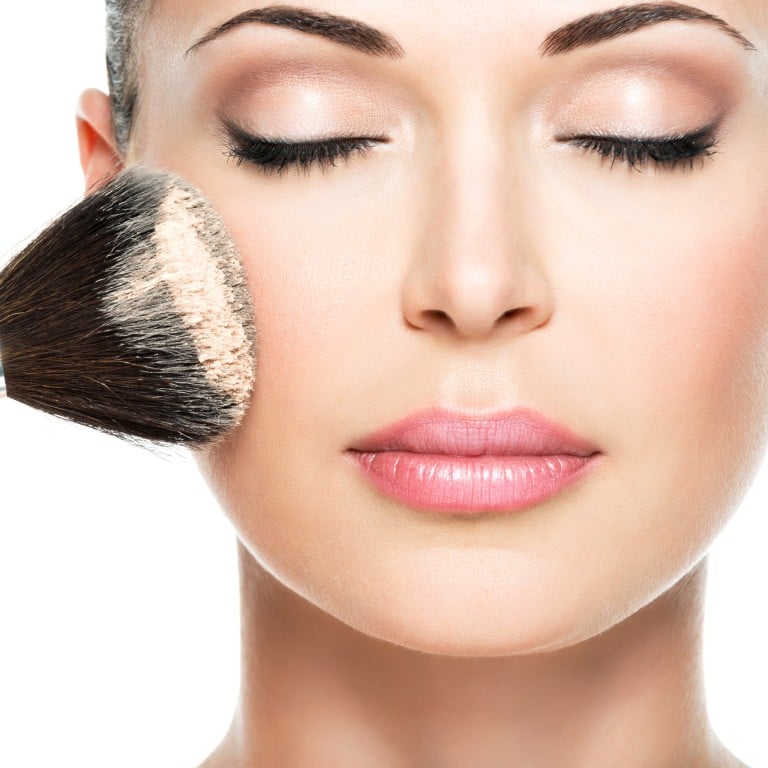
Applying make-up can be a daunting task, especially if you are not familiar with the different products and their multiple uses. While most people will have a general understanding of what foundation and concealer are, confusion sets in when it comes to deciding which one to use and when.
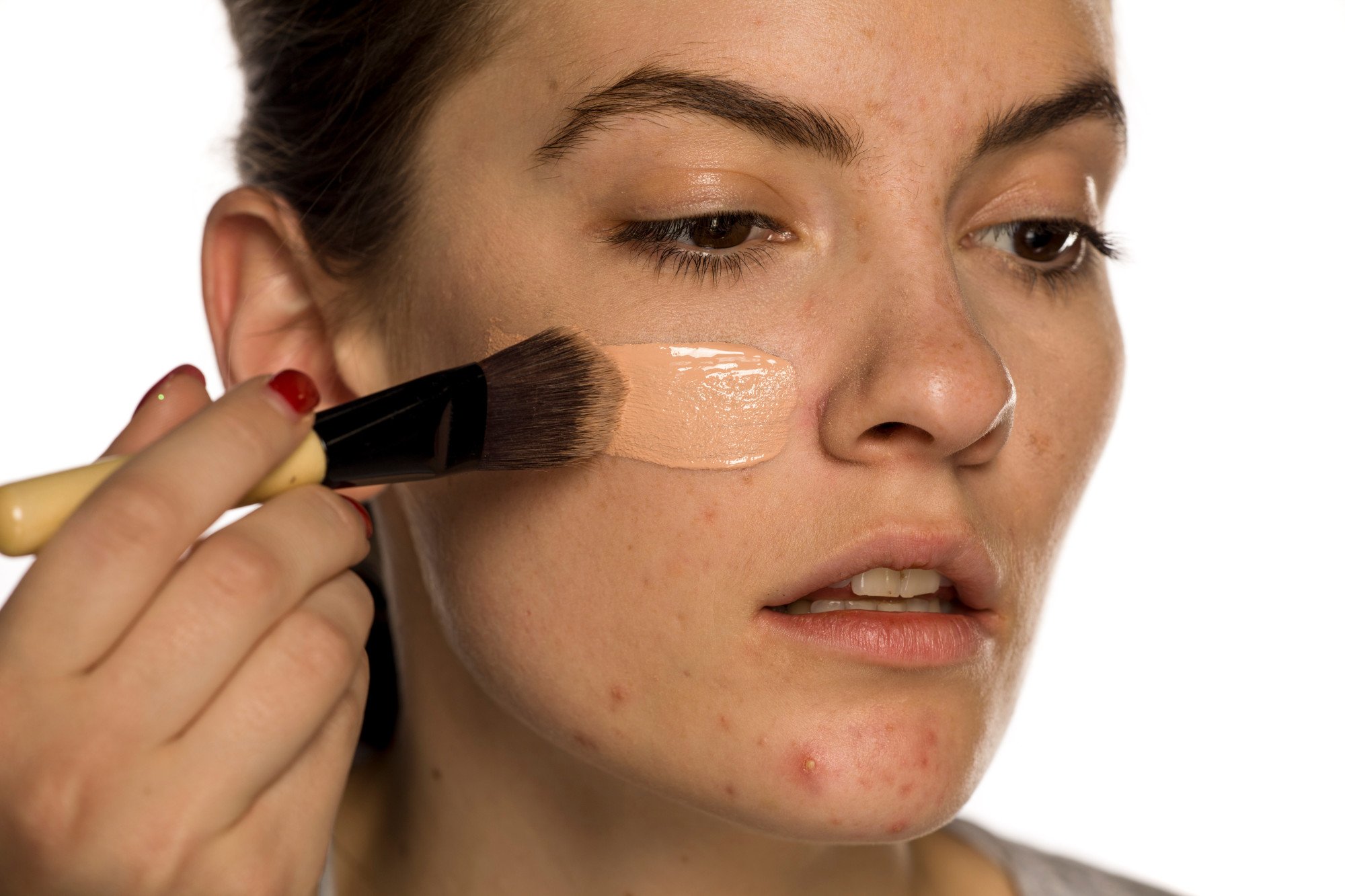
“People tend to think foundation and concealer have to go together. But it all depends on the skin you’re working with and the look you want,” LA-based celebrity make-up artist Carolina Pizarro says. “Is your goal to improve the look of skin texture or cover dark spots and skin tone-related issues?”
If your make-up gets patchy as the day goes by, or your skin looks uneven and texturised, your foundation/concealer combo may be to blame, so keep reading to decode the differences between them and how to make the most out of both products.
Inside Meghan Markle’s ‘Montecito makeover’ before King Charles’ coronation
What is foundation?

Foundation is a make-up formula used to create an even and smooth base for the rest of your make-up. “If your goal is to even out your full face, apply foundation first and then decide if you need a little extra help from concealer for specific areas, but it’s not always necessary,” Pizarro notes.
Foundations come in a variety of formulas, from liquid or cream-based to powder, mousse, and stick forms. There are multiple benefits linked to it: from providing coverage for uneven skin tones to keeping your skin hydrated and vibrant while providing a uniform canvas so that other products, such as blush, bronzer, eyeshadow, and lipstick, can be applied with ease.
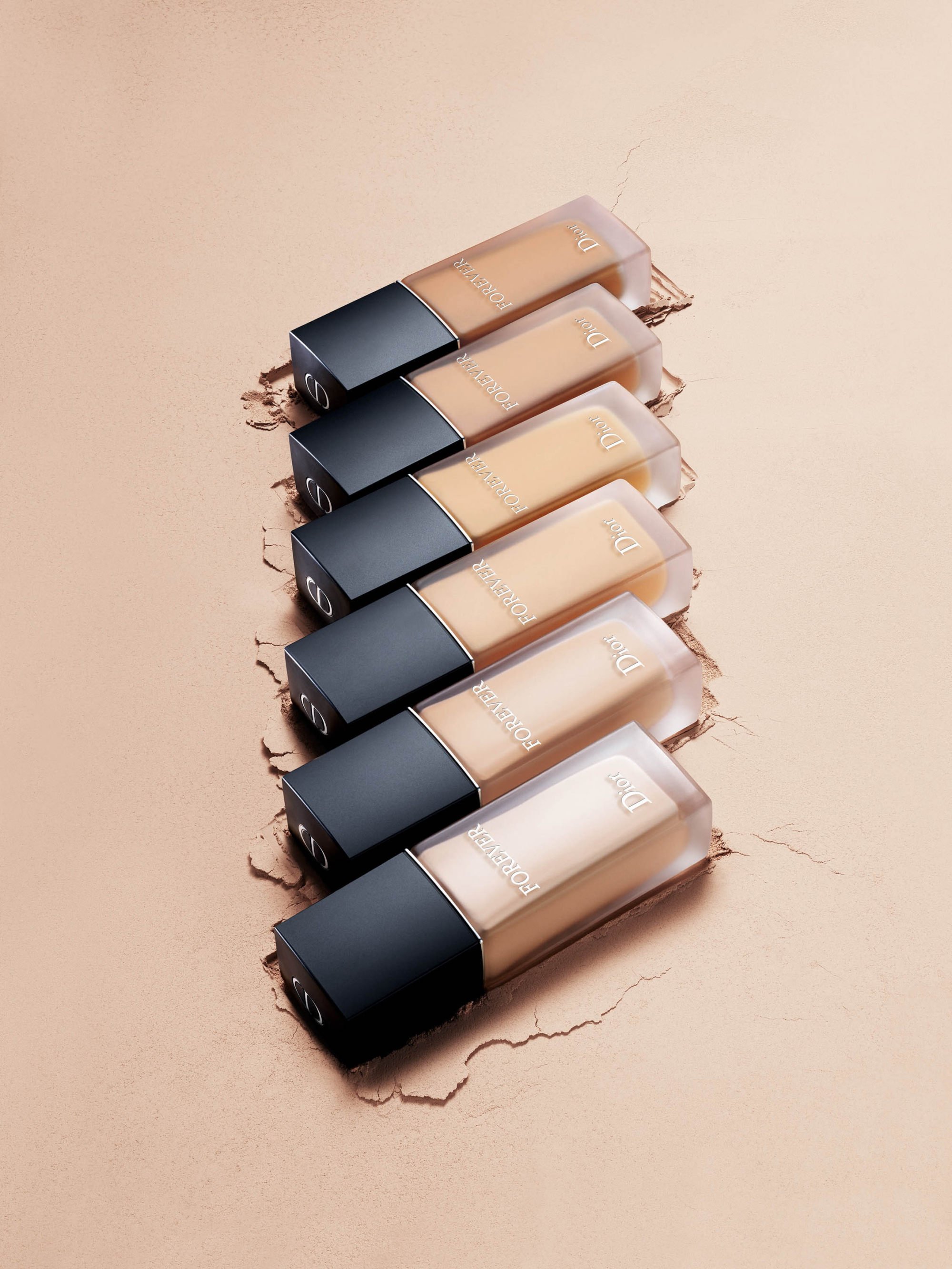
Applying foundation correctly can make a difference between a flawlessly blended base and a cakey disaster. To avoid any make-up mishaps, it’s best to arm yourself with knowledge on both formula and shade selection before you even pick up your sponge or brush.
What is face yoga and why do stars love it, from Madonna to Meghan Markle?

Start by tailoring your formulation choice for maximum coverage suited to skin type. Hydrating foundations are great for dry/mature complexions, semi-matte formulas work well on oily skin, whilst combo skin may benefit from something in between!
On top of this, making sure you get the right shade should be equally considered – but forget wrists (they hardly match anywhere other than arms); you’ll be better off swatching around your jawline or collarbone area instead so any discolouration can be blended away seamlessly with ease.
What is concealer?
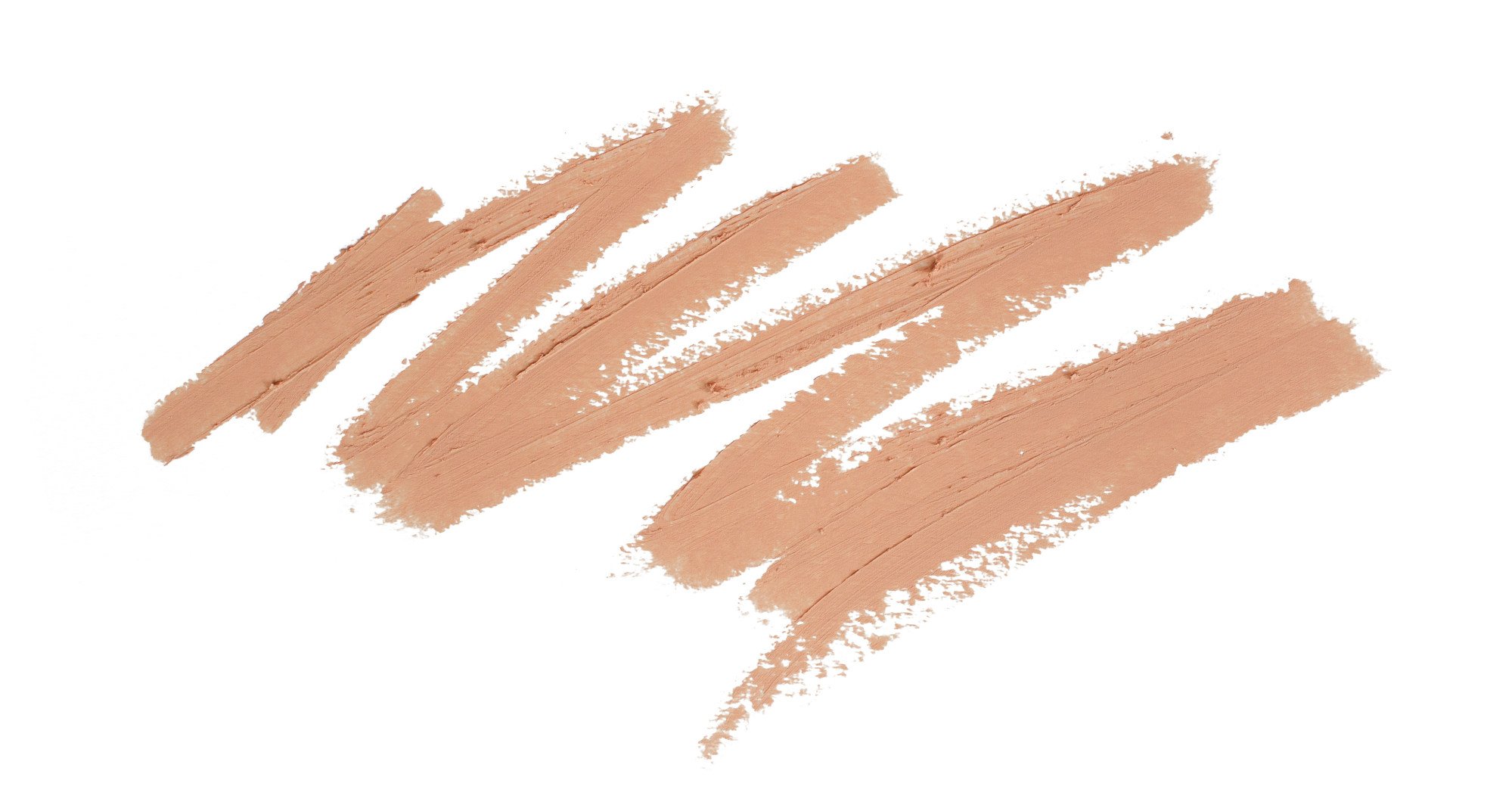
Concealer is the ultimate solution for spot coverage, like under-eyes or dark spots and blemishes. It comes in liquid and cream formulas to match any skin tone or colour-correct irregularities, but applying this beauty essential correctly takes precision.
7 Asian-American women elevating modern skincare
Depending on what kind of finish you’re going for (hydrating/liquid if dry; long-wear/cream if oily), thinner layers are often best applied with a brush or sponge. Tapping it into place helps set it too.
Pizarro explains that, contrary to what many people think, a well-applied concealer can be used by itself, without the need for a foundation to match it. “I like using hydrating, illuminating formulas like Yves Saint Laurent Touche Éclat to correct and add light to dark areas, such as around the nose and under your eyes,” she says.
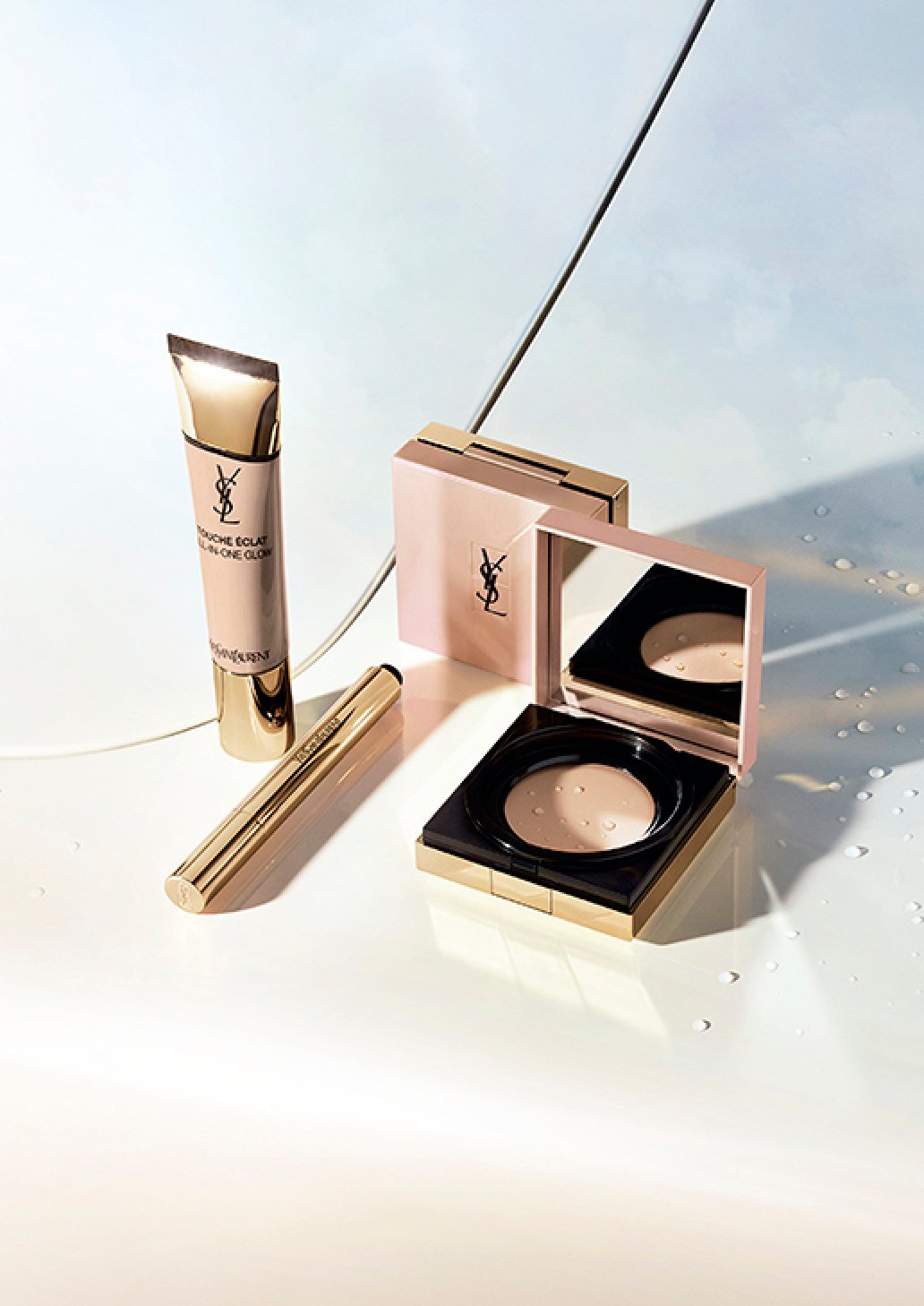
“You can also use concealer to cover blemishes, hyperpigmentation, or any kind of mark. If it’s well blended with the skin, you may not need foundation at all, and you’ll get a much more natural look.”
Make sure to get an exact shade match when concealing larger areas too, as lightness brings features forward, so don’t highlight something like acne, which will stand out more instead of blending in naturally.

- If your make-up gets patchy as the day wears on, your foundation/concealer combo may be to blame, so it’s important to understand the differences between the two and use them accordingly
- Foundation comes in a variety of formulas, from liquid-based to powder, and is used to even out skin tone and provide a uniform canvas, while a well-applied concealer can be used by itself